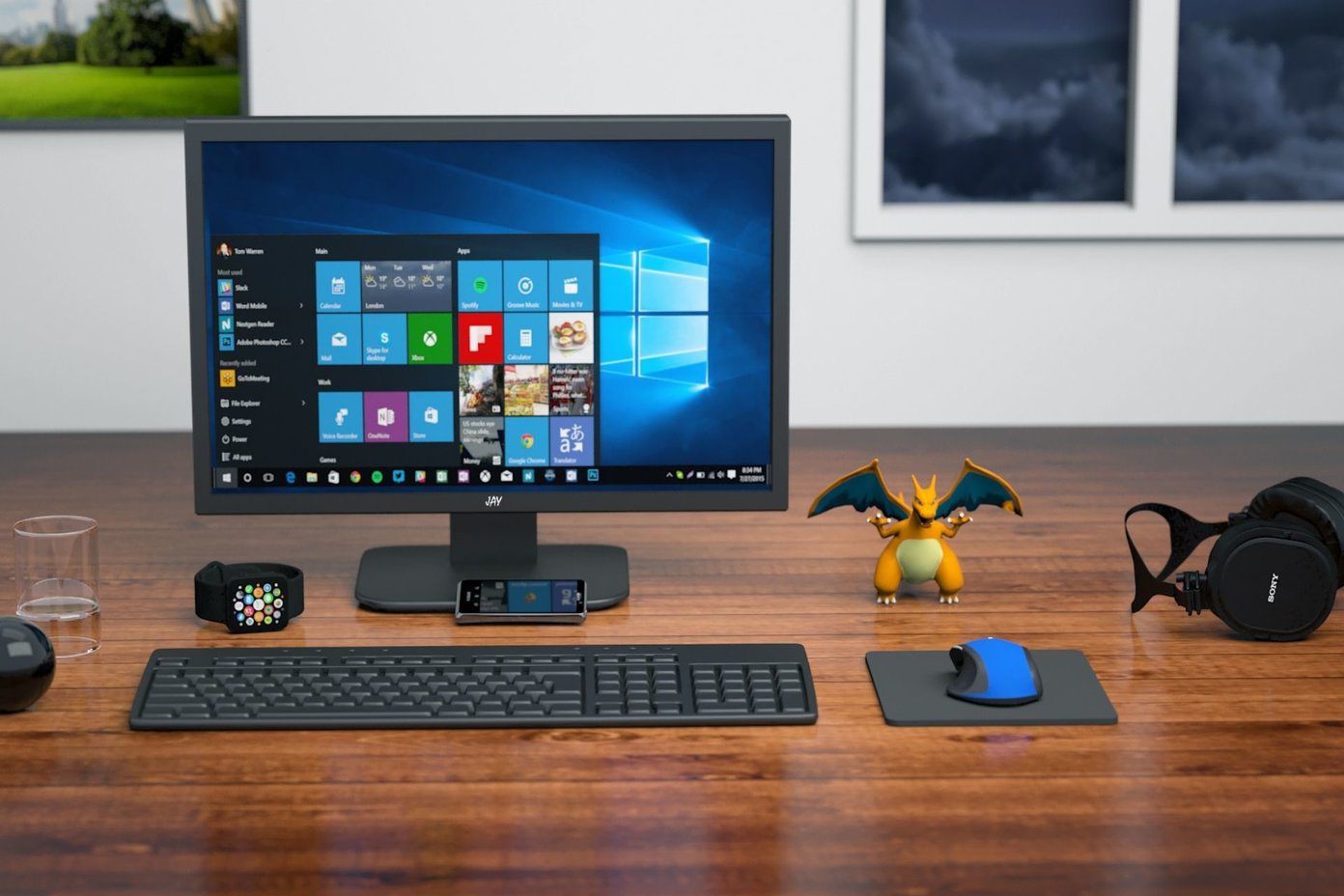Some users face the access denied error when trying to open a file saved inside a folder instead. While we primarily focus on the folder side of things, these solutions should also give you access to the files in question due to how Windows functions and treats these two elements. Let’s begin.
1. Admin Rights
The user account you are using to access the folder doesn’t have the necessary administrative rights to access it. Either switch the user account or contact the system administrator responsible for the IT equipment, if it is your work laptop.
2. Google Drive Conflict
If you are trying to access a folder that you’ve synced with Google Drive, you might see this error. Google Drive can cause conflicts with File Explorer works, forcing the folder to show access denied error. One quick way to test this is by closing the Google Drive process from the Task Manager. A simple reboot will reactivate your favorite cloud storage app. Step 1: Press Ctrl+Shift+Esc keys to open the Task Manager. Find ‘googledrivesync.exe’ under the Processes tab, right-click on it, and select End task.
3. Folder Is Encrypted/Password Protected
The folder could be password locked or encrypted by the administrator or someone who has control over or access to your Windows computer. You will need to contact the admin guy/girl or your superior to unlock it. You may also try to decrypt it yourself if your Windows user account has the correct rights and permissions. Right-click on the folder and select Properties or press Alt+Enter. Go to General tab > Advanced and unselect ‘Encrypt contents to secure data’ option. Save these new settings.
4. Folder Is Corrupt
The folder containing your files might be corrupted. This could corrupt the files inside too. Thankfully, you can recover data from a corrupt folder without breaking a sweat.
5. Change Folder Permission
Step 1: Right-click on the folder that’s throwing the access denied error and select Properties. You can also press Alt+Enter keys to open it. Step 2: Under the Security tab, select the Edit button. Select your username in the pop-up that follows and give it Full Control.
6. Folder Location Changed
Moving a folder in Windows is easy. Just cut (Ctrl+X) and paste (Ctrl+V) anywhere. It may happen that you moved the folder to a different location, but due to cache issues or some bug, it still shows there. Press F5 to refresh the screen and check again.
7. Add Account to Admin Group
If a user account doesn’t have administrator privileges, he/she can add the account to the Administrator’s group. Step 1: Press Windows key+X to select Computer Management or search for it from the Start menu. Step 2: Navigate to System Tools > Local Users and Groups > Users and double-click to open user account name. Step 3: Click on Add button under the Member Of tab. Step 4: Enter the word ‘Administrators’ in the pop-up that follows and select Check Names button to find the admin account. Then click on OK. Step 5: You will be taken back to the previous pop-up where now, you will notice Administrators entry. Click on it once and select OK. Check again if you still get the access denied error while opening that folder.
8. Enable Built-In Admin Account
Every Windows installation copy comes with a built-in admin account that you can enable using the Command Prompt. Once enabled, switch to the admin account, and you should be able to access that forbidden folder. The default admin account acts as a super account with all privileges enabled by default.
9. Controlled Folder Access
Continuing the above point, Windows Security Suite also has a ransomware module to protect against such threats. You can find it under Windows Security > Virus & threat protection. Disable Controlled folder access option here and try again. You should be able to access the folder now.
10. User Account Corrupted
Your Windows user account may get corrupt too, not just files and folders. Creating a new standard or admin user account is quick and can help fix several common errors like folder access denied.
11. Disable User Account Control
Step 1: Search for UAC in the Startup menu and open ‘Change User Account Control settings’. Step 2: Drag the slider to the bottom of the screen towards Never notify and save settings. The Windows access denied error should not appear again when opening that folder.
12. Registry Editor Hack
We recommend taking a backup of registry files before making any edits in case something goes wrong. These are system-level files and can mess up your computer. You don’t want that. Step 1: Search for the Registry Editor in Start menu and open it. Step 2: Navigate to the folder structure below. Step 3: In the right-window-pane, right-click to select New > DWORD (32-bit) Value and name the file as ‘AllowInsecureGuestAuth’. Step 4: Double-click to open the file and input the value as 1 and save changes.
13. Run Malware Check
You would usually view some kind of ransomware demand message displayed on the screen notifying that your computer has been hacked. The hacker would lock you out of critical system and user folders/files and then asked for money, probably in Bitcoins. Some third-party apps like Malwarebytes also offer ransomware and malware check. You should get Malwarebytes and run a check just to ensure that the folder isn’t infected. Get Malwarebytes
Up in the Cloud
Using a cloud storage service like OneDrive or Google Drive can solve such issues. Because there is a copy of the file on the cloud service provider’s servers, you will never face such issues again in life. Some premium cloud storage apps also offer to save multiple versions of the same file so that you can roll back edits or changes made. Do consider using cloud storage for important files, but if you are worried about privacy and security, get an HDD/SSD and take regular backups. For now, we hope one of the solutions worked for you. Next up: Want to count the number of files and subfolders inside a folder? Here are 5 ways to count files and subfolders, and view how much space they are consuming. The above article may contain affiliate links which help support Guiding Tech. However, it does not affect our editorial integrity. The content remains unbiased and authentic.
























